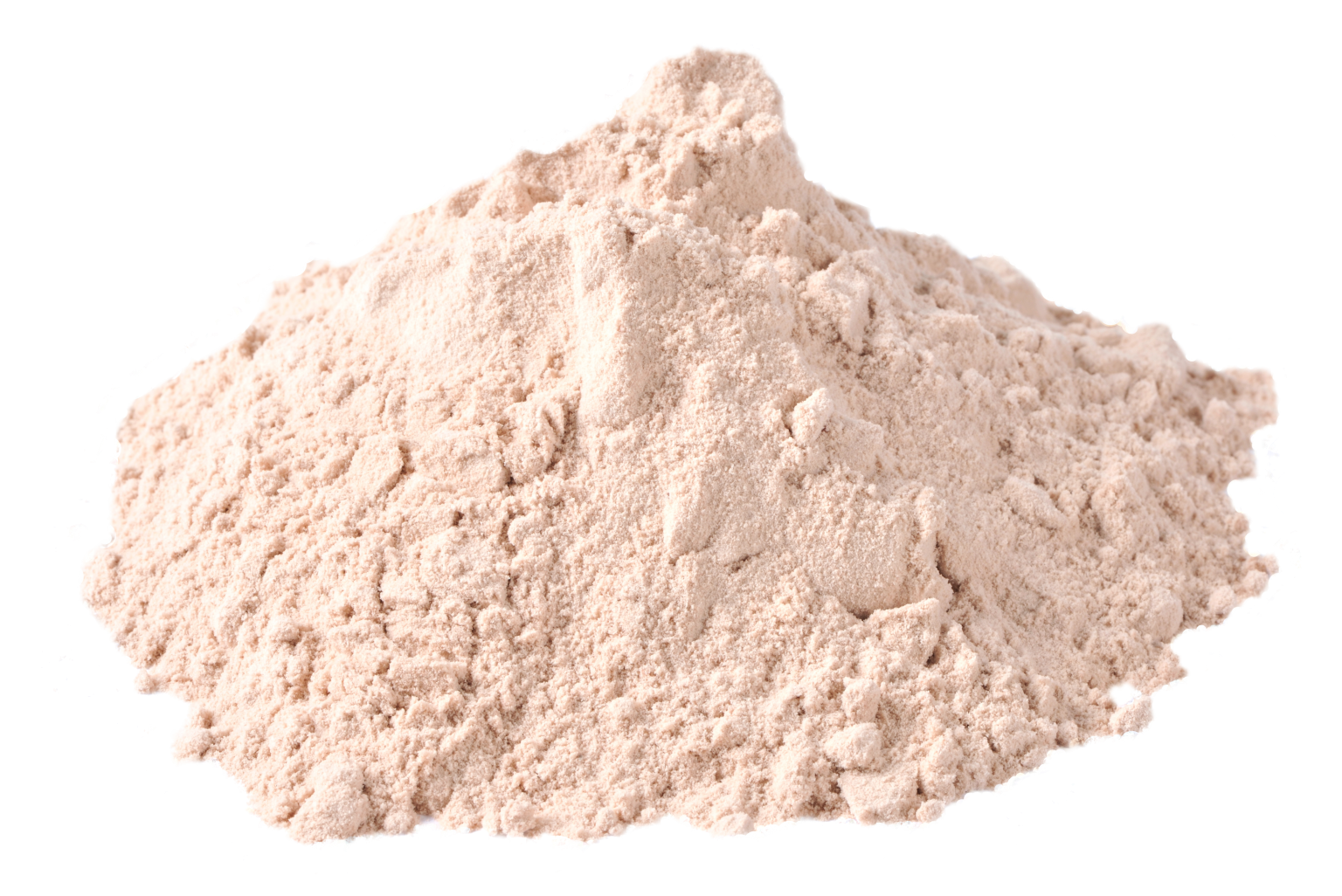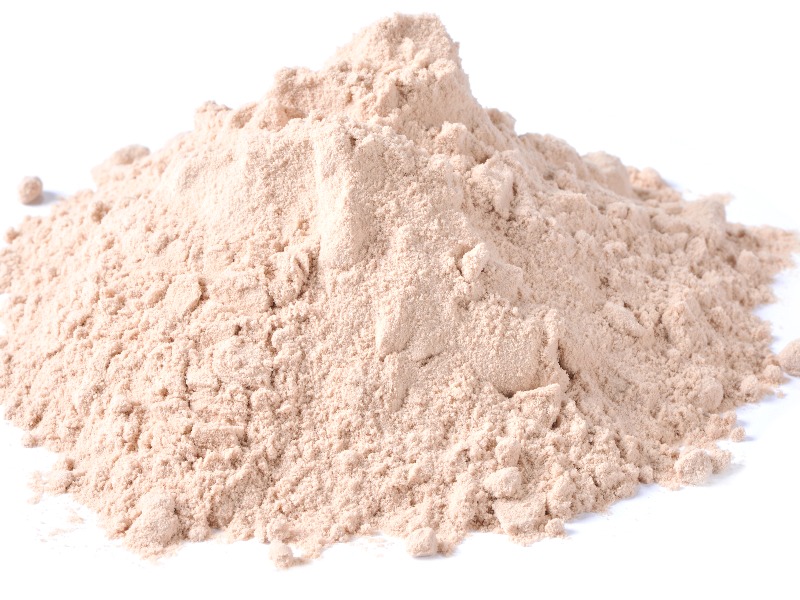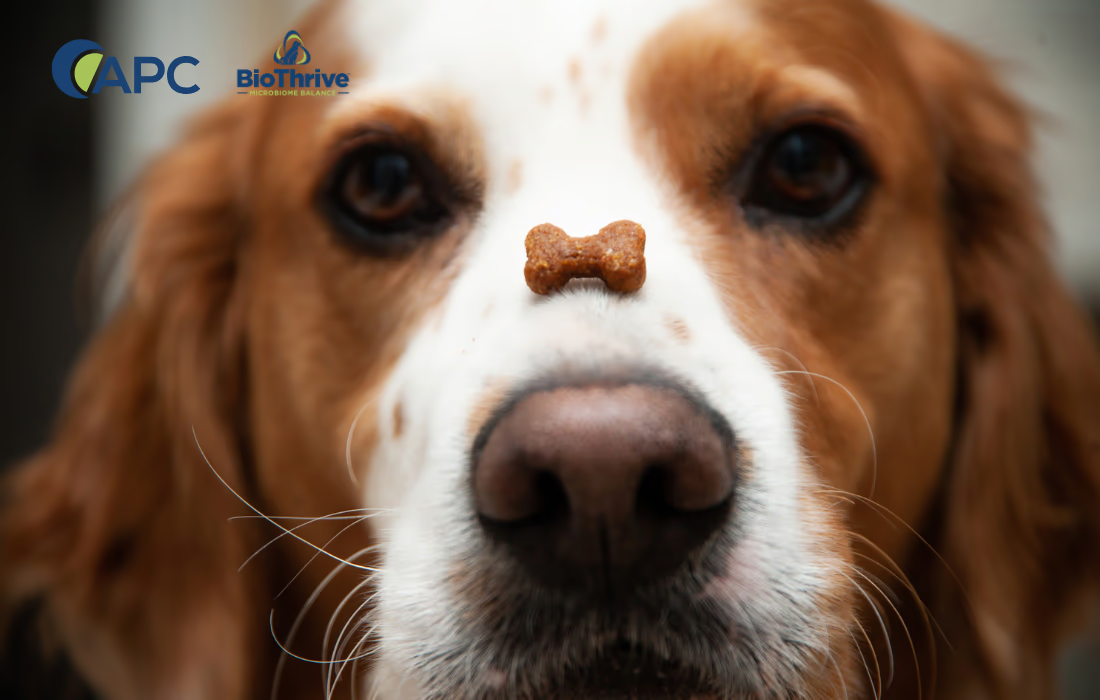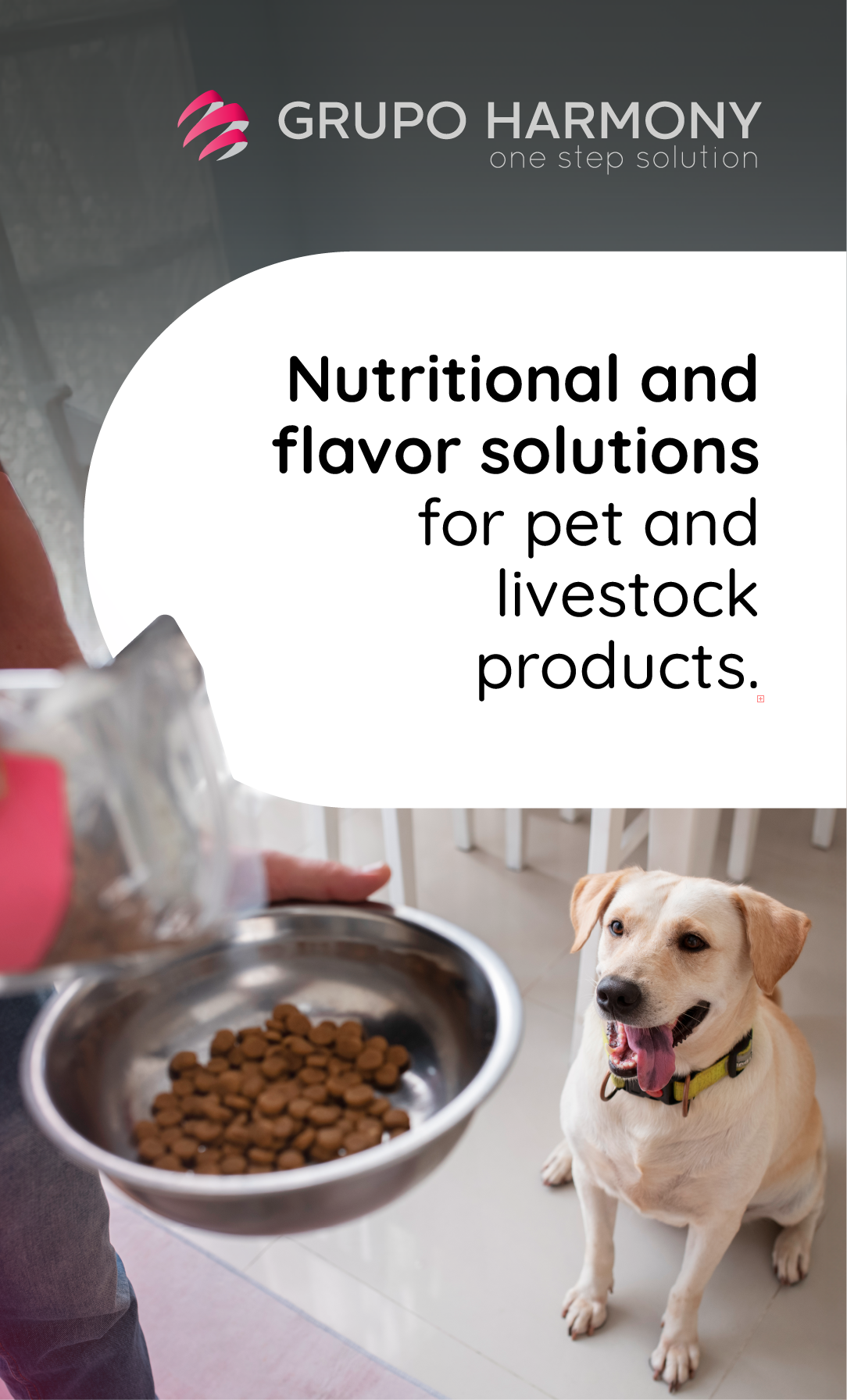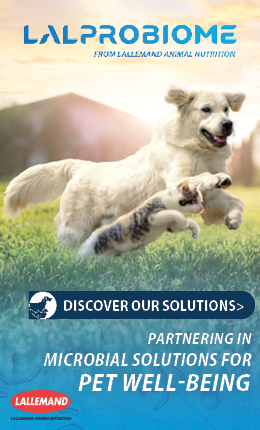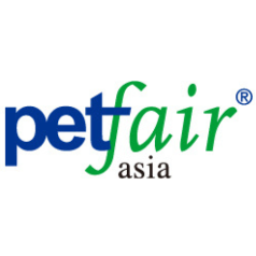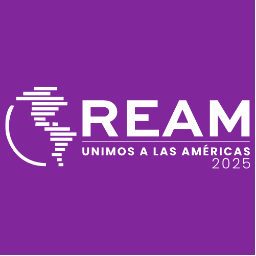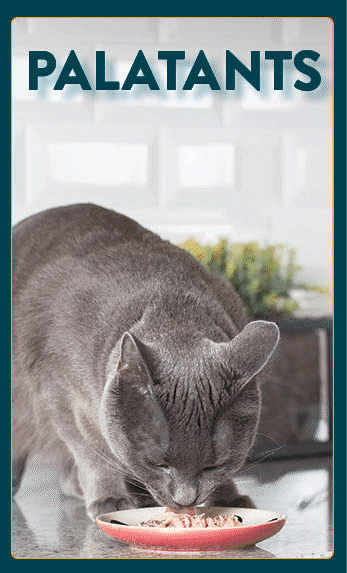The connection between human and pet food production is very important to optimize the use of by-products and minimize environmental impacts. Practically all by-products generated from the processing of meat for human consumption are properly used in the production of rendered animal protein ingredients and other applications in various industrial areas, thereby strengthening the application of a circular economy.
Despite its relevance, advancements in the qualitative aspects of ingredients for use in pet food are needed because the quality is still very variable. Furthermore, the development of high nutritional standards for the food segment, such as food safety, high nutritional quality, and the use of ingredients that have functional properties have been a major challenge for the pet food sector today. In this respect, fresh ingredients, enzymatically hydrolyzed and dehydrated by more refined processes, such as lyophilization or spray drying have shown a growing increase in their use in formulations by the Pet Food industry.

Image 1: Estimated excretion of dry matter (DM) and crude protein (CP) for each kilogram of ingredient ingested, considering the digestibility of the ingredients (Table 1).
The spray-drying process consists in drying liquid products in a spray drying tower, equipped with hot air circulation that generates a hot air circulation that, when in contact with micro-drops of the liquid sprayed in the system by the atomizers, makes the dehydration of the product, keeping its solubility characteristics and better preserving the nutrients and functional properties of the ingredient. Some animal by-products are commonly processed this way, such as egg powder, plasma, hydrolyzed protein sources, milk, and whey, among others. This form of processing provides digestibility coefficients that can be higher than 95% (Song et al., 2015), when compared to digestibility coefficients between 80-90% found in ingredients dehydrated by conventional processes. In addition to reducing the excretion of nutrients into the environment, for dogs and cats, in practice, since fecal volume is a relevant aspect, this means an extremely significant reduction in the amount of stool produced by animals when consuming foods with high digestibility content.
In Table 1 some comparisons of digestibility coefficients of conventional ingredients such as egg and plasma produced by spray-drying are presented and in Figure 1 a simulation of the amount of dry matter excreted by animals with each of these ingredients is presented, in order to show how much in practice these differences in digestibility can reduce the fecal output of animals. It can be observed that fecal excretion can be reduced up to 75% with the consumption of highly digestible ingredients.
Marketplace

Table 1: Dry Matter Digestibility (DMD) and Crude Protein Digestibility (CPD) of conventional (Meat and Bone Meal; Standard Poultry Meal) and spray-dried (Egg powder and Animal Plasma, SDAP) ingredients.
Plasma is a by-product of pork and beef slaughterhouses, obtained from the bleeding process of animals considered safe for human consumption, followed by the addition of anticoagulants, and subsequent centrifuging of the blood, to separate the plasma and cellular fraction (red blood cells and platelets), followed by decontamination with ultraviolet light and drying, usually by the spray-drying process. This production process maintains the solubility of the ingredient and its functionality to be used in extruded and wet pet food for dogs and cats. Image 2 shows a schematic diagram of the production process of this ingredient.
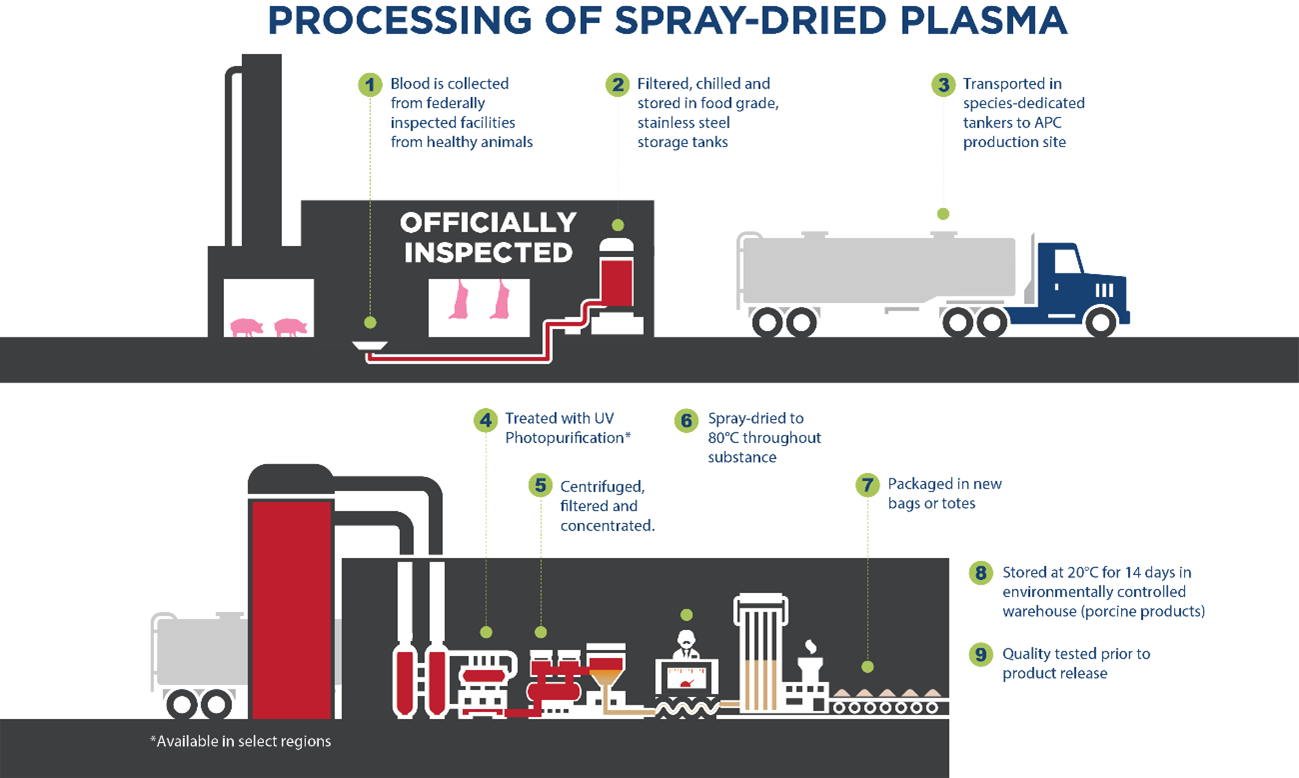
Image 2: Summary production schematic of porcine or bovine spray drying plasma production (SDAP). Courtesy APC LLC, Ankeny, IA.
Spray-dried Animal Plasma (SDAP) is used in human, animalfeed, and in pet food and can be used for various purposes, as shown in Table 2.

Table 2: Major functions and effects of Spray-dried Animal Plasma (SDAP) observed in pet food.
In wet pet foods, due to the high content of moisture, fat and the possibility of phase separation, the main technological application of SDAP is as an emulsifying and binding agent to improve water retention in the product, texture, juiciness and homogeneity (Polo et al., 2005; Polo et al., 2007; Polo et al., 2009). In dry pet foods processed by extrusion, its technological properties have not yet been studied, but it is likely to have action as a structure-forming agent and emulsifier, due to high solubility and composition.
Regarding the nutritional composition, the SDAP, as a blood component, it is a very nutritionally rich ingredient, with emphasis on the levels of amino acids and minerals, presenting higher levels of essential amino acids, even when compared to the egg, which is a protein source reference in quality. In addition to this, the SDAP has bioactive components that provide its biological functionality.
The SDAP's high amino acid concentration also represents other functional aspects associated with this ingredient, achieved due to the presence of immunoglobulins, bioactive peptides, growth factors, enzymes and metalloproteins, which confer immunomodulatory properties (Balan et al., 2021; Kanagaratham et al., 2020; Hammer et al., 2003), prebiotic (Miró et al., 2017; Moretó et al., 2020; Perez-Bosque et al. 2016), anti-inflammatory (Pérez-Bosque et al., 2016; Moretó et al, 2020) and neuroprotective (Garcia-Dust et al., 2020; Miró et al., 2017; Rosell-Cardona et al., 2021).
Because of these multiple functions of SDAP in animal and human nutrition, which match the current demands for quality, nutrition, functionality, and sustainability, the next issues of Pet Food Brazil Magazine will present the other chapters of this article, which will discuss separately the role of SDAP in dry and wet pet food processing (Part 2), nutritional value (Part 3), and functional properties (Part 4), showing the main practical applications of this ingredient, based on information available in the literature.
By: Ricardo Souza Vasconcellos
Source: APC
References
Balan, P., Staincliffe, M., & Moughan, P. J. (2021). Effects of spray-dried animal plasma on the growth performance of weaned piglets—A review. In Journal of Animal Physiology and Animal Nutrition (Vol. 105, Issue 4, pp. 699–714). Blackwell Publishing Ltd. https://doi.org/10.1111/jpn.13435
Carciofi, A.C. (2008) Fontes de Proteína e Carboidratos para cães e gatos. Revista Brasileira de Zootecnia, v.37, Suppl., 27-41.
Garcia-Dust, A., Miró, L., Pérez-Bosque, A., Amat, C., Polo, J., Pallàs, M., Griñán-Ferré, C., & Moretó, M. (2020). Dietary spray-dried porcine plasma prevents cognitive decline in senescent mice and reduces neuroinflammation and oxidative stress. Journal of Nutrition, 150(2), 303–311. https://doi.org/10.1093/jn/nxz239
Kanagaratham, C., el Ansari, Y. S., Lewis, O. L., & Oettgen, H. C. (2020). IgE and IgG Antibodies as Regulators of Mast Cell and Basophil Functions in Food Allergy. In Frontiers in Immunology (Vol. 11). Frontiers Media S.A. https://doi.org/10.3389/fimmu.2020.603050
Miró, L., Garcia-Just, A., Amat, C., Polo, J., Moretó, M., & Pérez-Bosque, A. (2017). Dietary animal plasma proteins improve the intestinal immune response in senescent mice. Nutrients, 9(12). https://doi.org/10.3390/nu9121346
Moretó, M., Miró, L., Amat, C., Polo, J., Manichanh, C., & Pérez-Bosque, A. (2020). Dietary supplementation with spray-dried porcine plasma has prebiotic effects on gut microbiota in mice. Scientific Reports, 10(1). https://doi.org/10.1038/s41598-020-59756-z
Pérez-Bosque, A., Miró, L., Amat, C., Polo, J., & Moretó, M. (2016). The anti-inflammatory effect of spray-dried plasma is mediated by a reduction in mucosal lymphocyte activation and infiltration in a mouse model of intestinal inflammation. Nutrients, 8(10). https://doi.org/10.3390/nu8100657
Polo, J., Rodríguez, C., Ródenas, J., Morera, S., & Saborido, N. (2007). Use of spray-dried animal plasma in canned chunk recipes containing excess of added water or poultry fat. Animal Feed Science and Technology, 133(3–4), 309–319. https://doi.org/10.1016/j.anifeedsci.2006.04.008
Polo, J., Rodríguez, C., Ródenas, J., Morera, S., & Saborido, N. (2009). The use of spray-dried animal plasma in comparison with other binders in canned pet food recipes. Animal Feed Science and Technology, 154(3–4), 241–247. https://doi.org/10.1016/j.anifeedsci.2009.08.009
Polo, J., Rodríguez, C., Saborido, N., & Ródenas, J. (2005). Functional properties of spray-dried animal plasma in canned petfood. Animal Feed Science and Technology, 122(3–4), 331–343. https://doi.org/10.1016/j.anifeedsci.2005.03.002
Rosell-Cardona, C., Griñan-Ferré, C., Pérez-Bosque, A., Polo, J., Pallàs, M., Amat, C., Moretó, M., & Miró, L. (2021). Dietary spray-dried porcine plasma reduces neuropathological alzheimer's disease hallmarks in samp8 mice. Nutrients, 13(7). https://doi.org/10.3390/nu13072369
Song, M., Kim, S., Kim, Y., Park, J., Kim, Y. (2015) Value of Spray-dried egg in pig nursery diets. Journal of Agricultural Sciences, v. 42, n.3, 207-213.
You could be interested: Manufacturers need partners who support them in understanding the Pet Food ecosystem
About company

About company
Our history dates back more than 35 years, when our scientists discovered the powerful role that functional plasma-derived proteins play in maintaining the immune function of animals.
Since then, we have obtained extraordinary, consistent and effective results.
Spray-dried plasma (SDP) and red blood cell products are used in animal feed and other industries to add value through their unique properties that positively impact billions of animals each year.
Noticias de la empresa
11/04/2025
Driving Innovation in Pet Nutrition: APCs Webinar Highlights the Role of Plasma Proteins
03/12/2024









